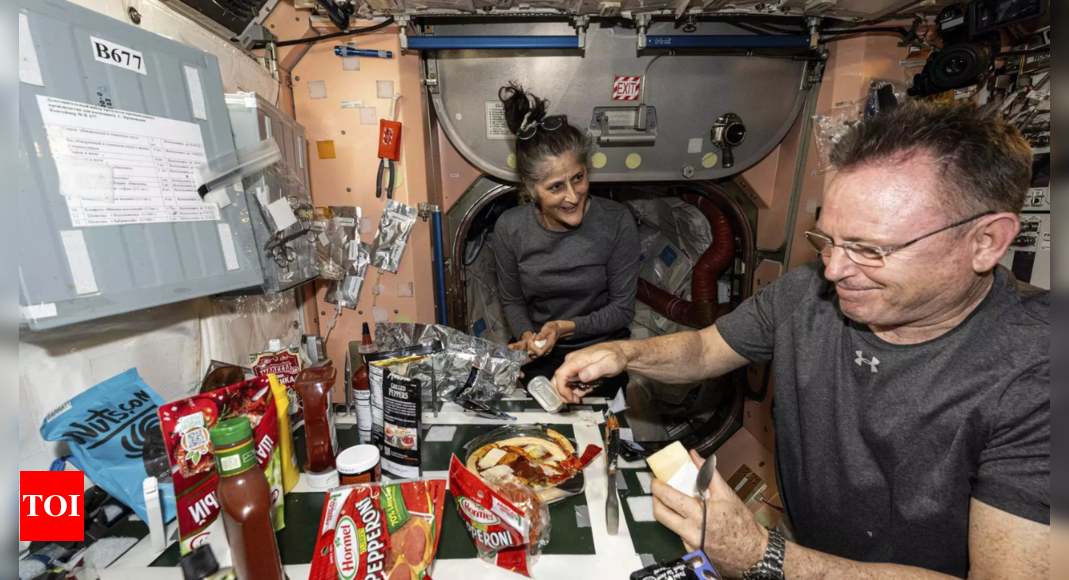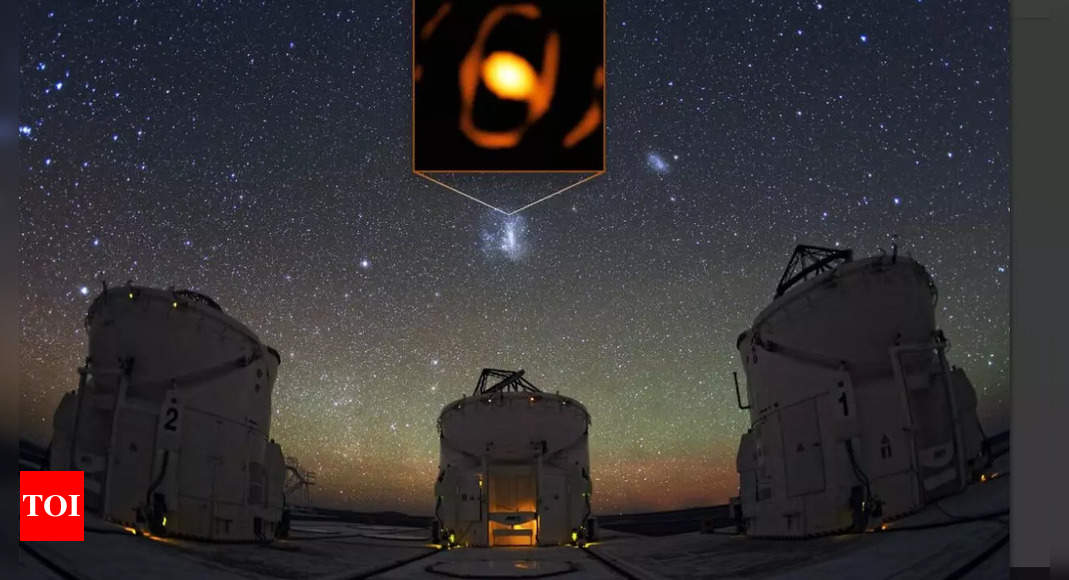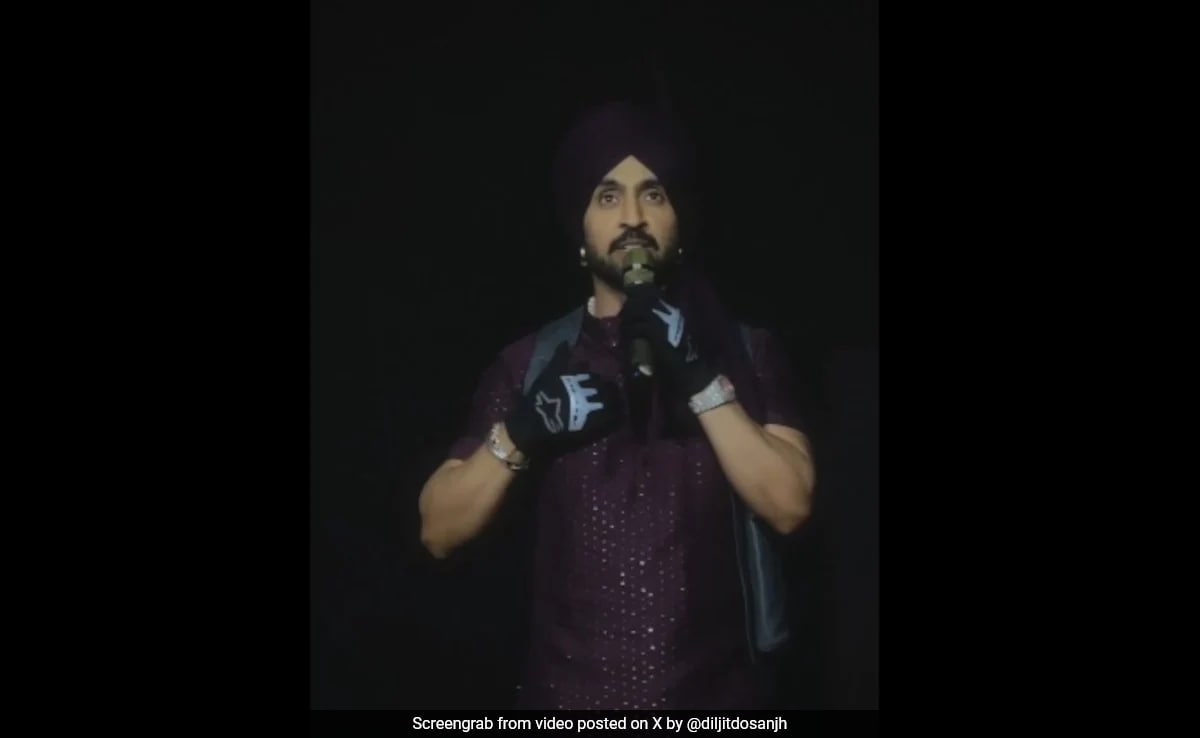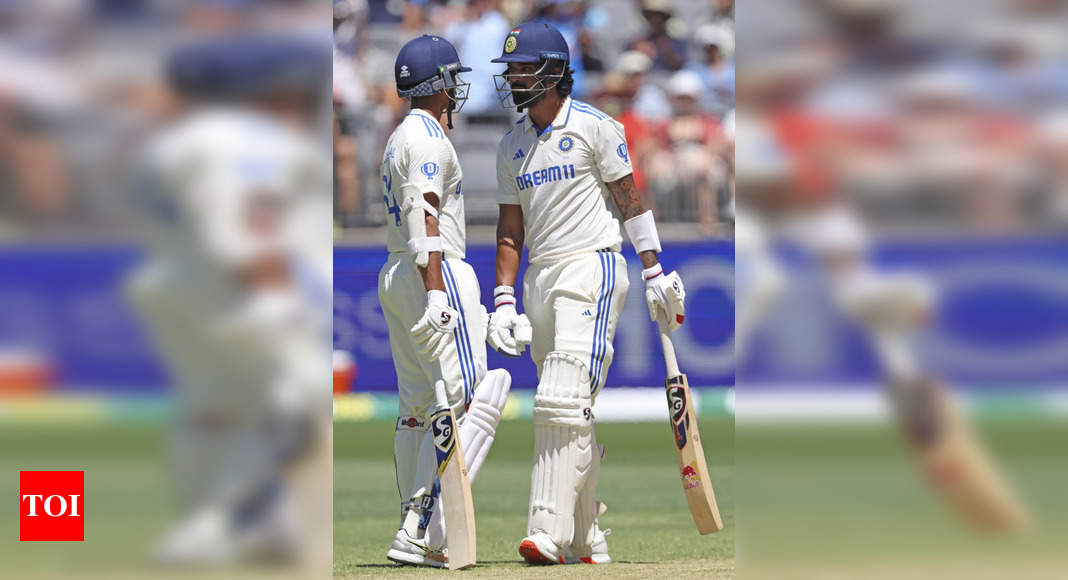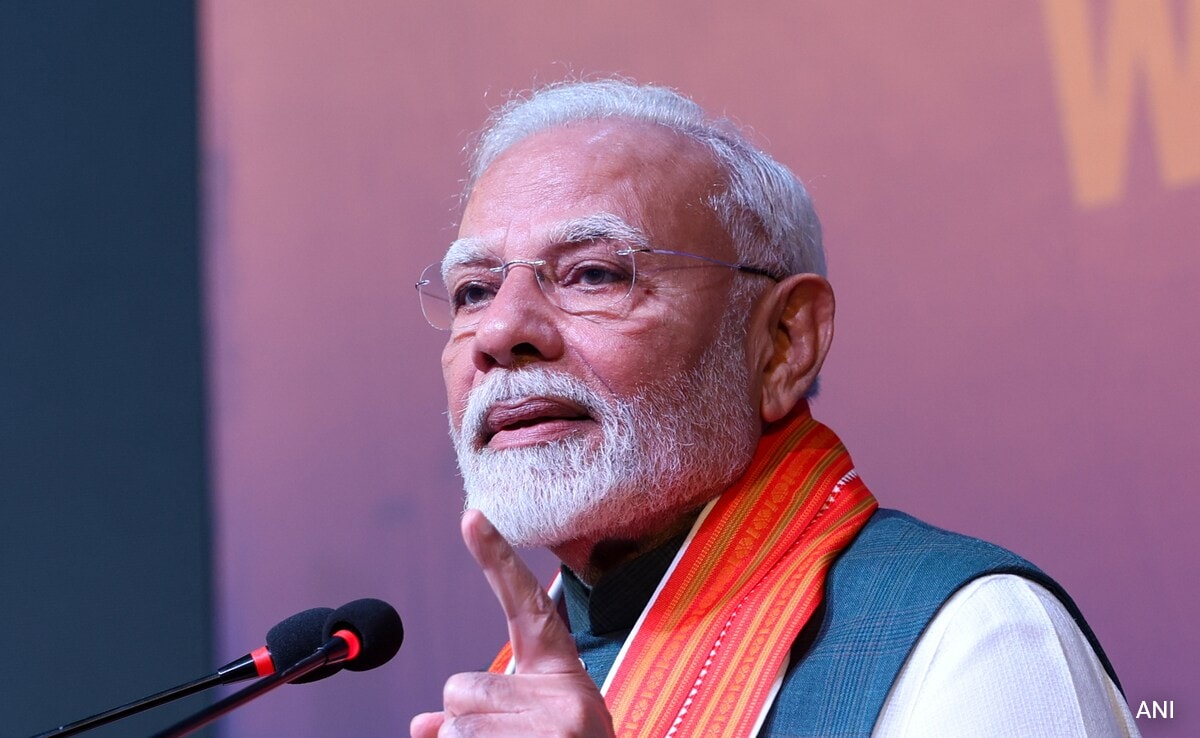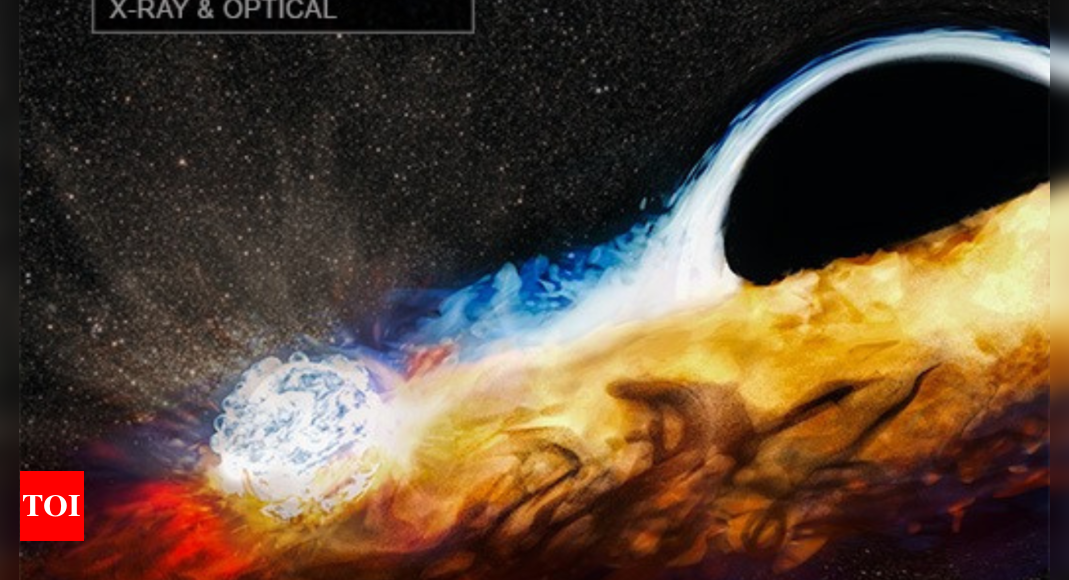
BENGALURU: India’s AstroSat, Nasa’s space observatories, and other international telescopes have captured a dramatic cosmic event involving a massive black hole and stellar wreckage. The discovery provides valuable insights into two previously mysterious phenomena: tidal disruption events (TDEs) and quasi-periodic eruptions (QPEs).
“A massive black hole has torn apart one star and is using that stellar wreckage to pummel another star or smaller black hole that used to be in the clear.This discovery was made using Nasa’s space observatories — Chandra, HST, NICER, Swift — and Isro’s AstroSat. It provides astronomers with valuable insights, linking two mysteries where there had previously only been hints of a connection,” Isro said Thursday.
In 2019, it said, astronomers observed a star being torn apart by a black hole’s gravitational forces, creating a disk of stellar debris. Over time, this disk expanded and intersected the orbit of another celestial object — either a star or a smaller black hole — that had previously been at a safe distance.
Over a few years, however, this disk has expanded outward and is now directly in the path of a star, or possibly a stellar-mass black hole, orbiting the massive black hole at a previously safe distance, Isro said. It added that the orbiting star is now repeatedly crashing through the debris disk, about once every 48 hours, as it circles.
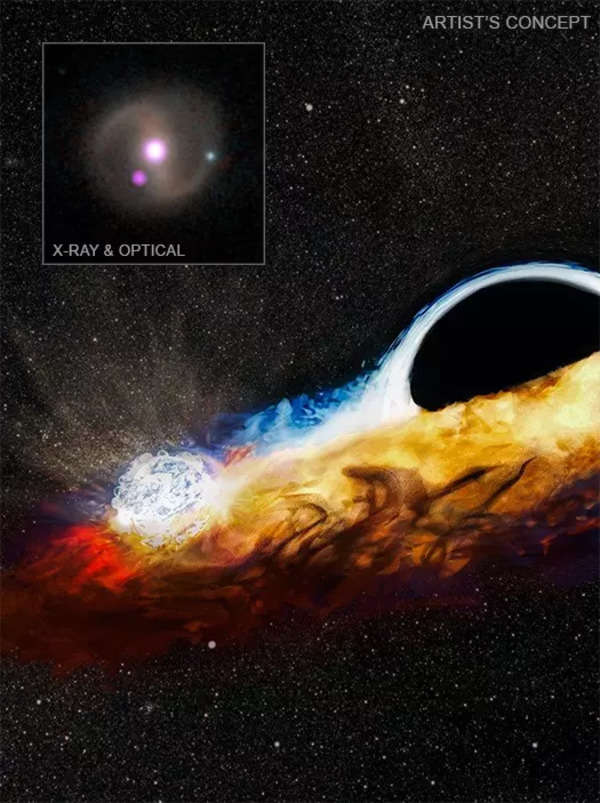
When it does, the collision causes bursts of X-rays that astronomers captured with Chandra. “Imagine a diver repeatedly going into a pool and creating a splash every time she enters the water,” said Matt Nicholl of Queen’s University Belfast, UK, the lead au-thor of the study that appears in the current issue of Nature.
“The star in this comparison is like the diver and the disk is the pool, and each time the star strikes the surface it creates a huge ‘splash’ of gas and X-rays. As the star orbits around the black hole, it does this over and over again,” Nicholl added.
Astronomers have observed two types of events related to supermassive black holes in galactic centres. TDEs occur when objects are torn apart by a black hole’s gravity, producing a single burst of light. More recently discovered are QPEs, which emit repeated X-ray flashes for reasons that were previously unclear.
“There had been feverish speculation that these phenomena were connected, and now we’ve discovered the proof that they are,” said co-author Dheeraj Pasham of the Massachusetts Institute of Technology. “It’s like getting a cosmic two-for-one in terms of solving mysteries.”
The event, dubbed “AT2019qiz”, was initially detected by the Zwicky Transient Facility at Palomar Observatory in 2019. Subsequent observations using Nasa’s Chandra X-ray Observatory, Hubble Space Telescope, NICER, Swift Observatory, and AstroSat provided crucial data to unravel this cosmic mystery.
Gulab Dewangan from the Inter-University Center for Astronomy & Astrophysics (IUCAA) in Pune highlighted the importance of AstroSat’s unique UV/X-ray capabilities in studying such events. The mission’s Soft X-ray Telescope and Ultraviolet Imaging Telescope both detected “AT2019qiz”, with eruptions visible only in X-rays.
“This is a huge breakthrough in our understanding of the origin of these regular eruptions. We now realise we need to wait a few years for the eruptions to ‘turn on’ after a star has been torn apart because it takes some time for the disk to spread out far enough to encounter another star,” said Andrew Mummery of Oxford University.


